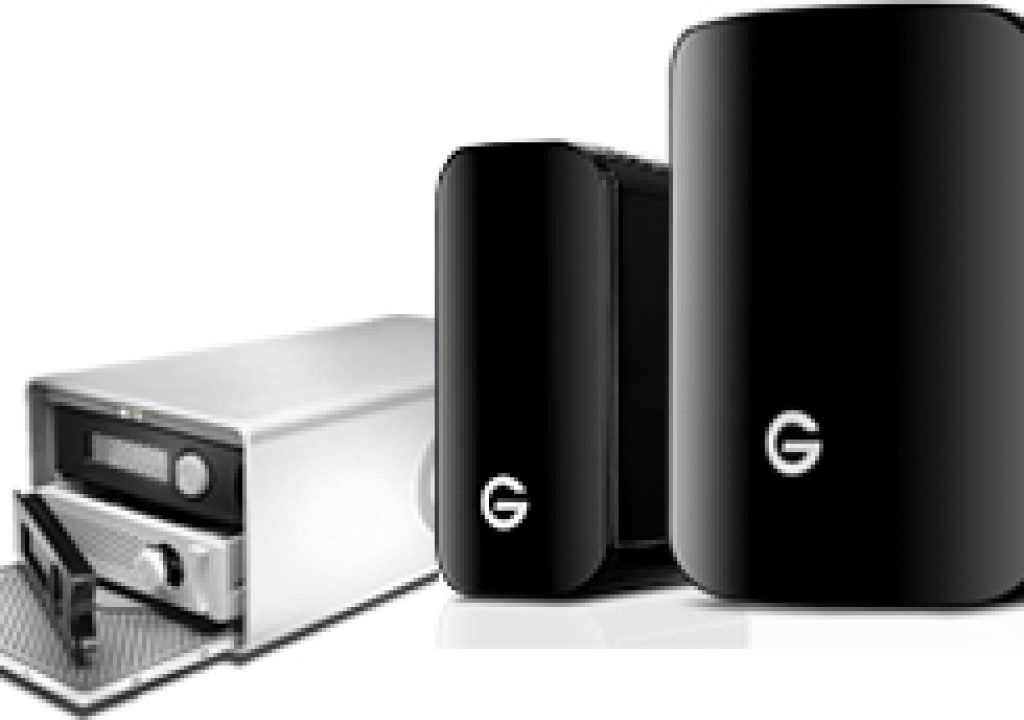The G-RAID® with removable drives includes HGST Ultrastar™ Enterprise-class Hard Drives
- Enterprise-class HDDs are rated for 24/7 operation in mission critical environments, while desktop grade drives are intended for low impact workloads.
- Enterprise-class HDDs have Rotational Vibration Safeguard (RVS), which optimizes them for use in multi-drive environments.
- Ultrastar™ products are specifically designed, manufactured and tested to meet the demanding environments found in global data centers and enterprises.
- HGST Ultrastar™ enterprise-class HDDs are the most reliable hard drives available. They have an industryleading 2 million hours Mean Time Between Failure (MTBF)1 rating. Other vendor’s 7200 RPM enterprise-class drives offer only 1.2 or 1.4 million hours MTBF ratings, what’s worse, they don’t leverage them in their own retail products, choosing instead to build their products using lower quality desktop-grade drives.
While the Gen4 and Gen5 versions of the G-RAID® are also hardware RAIDs, they are hardwired in RAID 0 (striping) for performance. The G-RAID® with removable drives ships in RAID 0 (striping), but can also be configured in RAID 1 (mirroring) for data protection or (on Mac only) in JBOD.
The G-RAID® with removable drives has removable drives.
It may seem obvious, as it’s in the name, but having removable drives gives you the ability to very easily swap a drive out in the unlikely event of a drive failure. Further, the drive modules used in the G-RAID® with removable drives are the same as those used in the G-RAID® Studio with Thunderbolt™ and the GSPEED ® Studio with Thunderbolt™, so someone using a combination of these products, as long as they are all populated with drives of the same capacity, only needs to purchase one drive module if they want to keep a spare on hand.
The G-RAID® with removable drives is faster.
We’ve upgraded the chipset in the new G-RAID® with removable drives to enable faster performance. While the Gen4 and Gen5 versions of the GRAID ® maxed out at transfer speeds of up to 250MB/sec, the 4TB and 8TB capacities of the G-RAID® with removable drives are 20% faster, with transfer speeds of up to 300MB/sec in RAID 0 (striping). The 12TB capacity is even faster, with performance in RAID 0 (striping) of up to 330MB/sec.
The G-RAID® with removable drives has USB 3.0, FW800, and eSATA.
With previous versions of the G-RAID®, you could not get USB 3.0 and eSATA on the same unit. If you needed eSATA, you’d have to choose the Gen4 version, and, if you needed USB 3.0, you’d have to choose the Gen5 version. The G-RAID® with removable drives has both of these interfaces, in addition to FW800.

